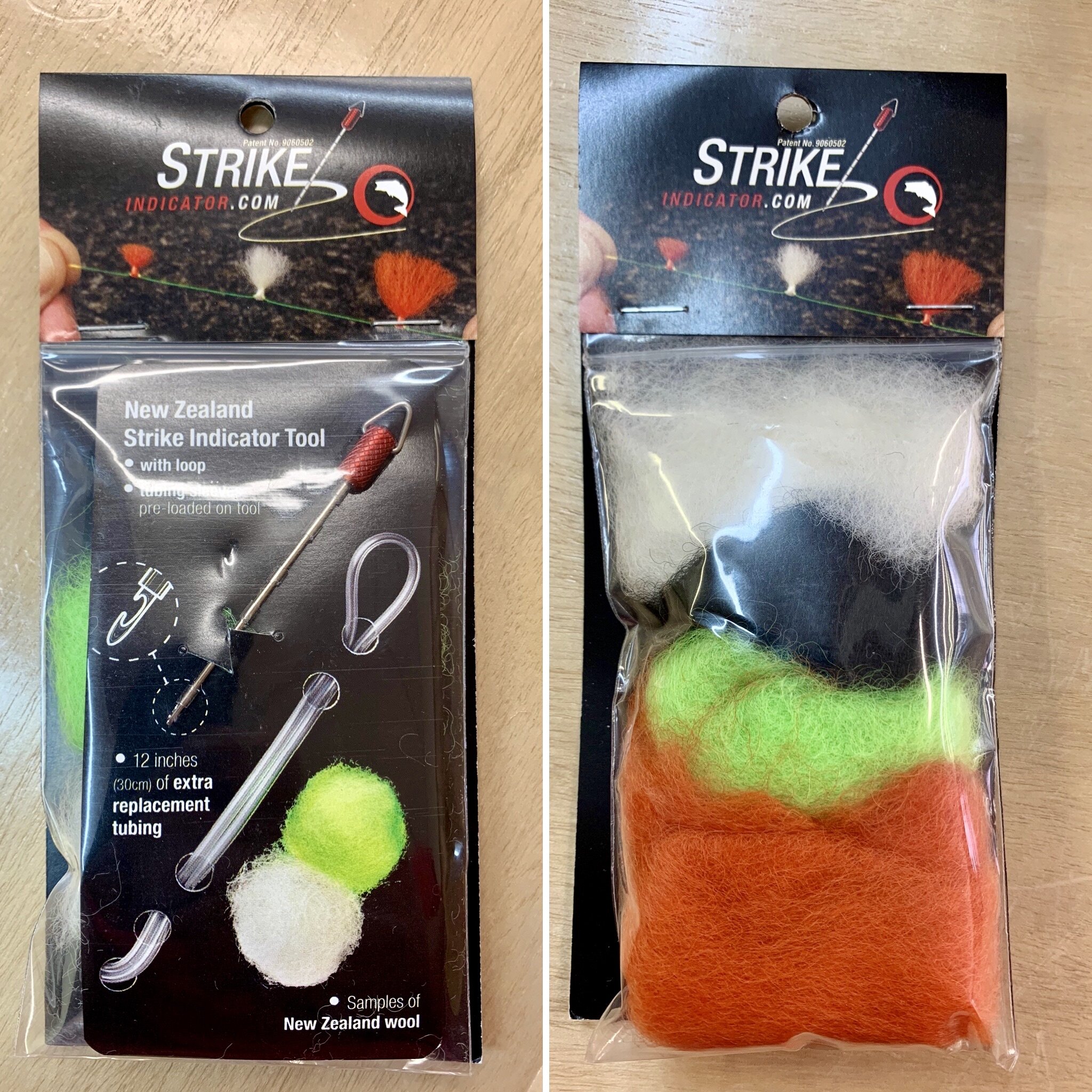While on the river the other day, I was enjoying a quiet morning, listing to the water and waiting for the hatch to start. When off in the distance I began to hear what sounded like something out of an old western movie. I swore I was hearing spurs jingling. Suddenly through the thicket emerged what looked like an Orvis endorsed mannequin. Now, I don’t mean any disrespect to Orvis, but this guy was draped head to toe, arm to arm in Orvis. The latest shirt, hat, waders, boots, rod, reel, sling pack, you get the picture! Hanging from any available D-ring or loop was every tool imaginable. There I was, wet wading with a simple chest rig, a few tools, and a box of flies. To him, I’m sure that I must have looked like a homeless, “lost in the woods and haven’t seen a white man” type of wandering fisherman. We chatted for a bit and talked about our different strategies and preferred methods of taking fish. After a while, we parted ways and wished each other luck and tight lines.
Since then I haven’t been able to stop looking at my own kit, to see how many tools I think I need. Which begs the question, do we as fishermen really need all the bits and bobs that adorn our vests? How much of the “stuff” that we carry do we REALLY use? The world of fly fishing is an ever-evolving sport in which new ideas, new technologies, and an overwhelming amount of tools, are supposed to make our day on the water more enjoyable. Do they?
One tool that I think is so over thought is the simple strike indicator. It can be found in as many different forms as you can imagine, in as many different materials as well. From plastic to cork, foam to yarn, friction fit to adhesive-backed, need I say more? I understand that different situations call for different tactics, but strike indicators need to cover just a few simple functions. First and foremost, an indicator needs to telegraph to the angler when a fish has taken his/her fly. Second, it needs to be buoyant enough to stay afloat when using larger nymphs in deeper/faster water. Third, the indicator should land somewhat delicately so as not to spook every fish within 100 yards. Fourth, it shouldn’t be so large and unwieldy to cast, that all you do is spend your time untangling wind knots.
Let me start off by saying I’m not in any way endorsed by this company I’m about to mention. I have however spoken to them on many occasions at different trade shows telling them just how I feel about their product. It covers all of the criteria that I have already mentioned. It is incredibly sensitive when it comes to detecting a strike. It floats high all day long even when drudging the depths with large nymphs. It lands as delicately as a breath of wind. And, it is effortless to cast, even for the beginning caster. Not to mention it stays put even when casting aggressively and doesn’t kink your leader at all. The indicator I speak of is the New Zeland Strike Indicator Company.
Ok, ok, I get it, you have your favorite indicator. It suits your fishing style or the conditions you fish the most. I’m not saying that you’re wrong for fishing “insert brand” indicator. All I’m saying is that the New Zeland indicator fits the criteria that I feel needs to be met.
When you first look at the packaging you will ask yourself, what makes this so different from other yarn style indicators? First off, it’s not yarn its wool. Wool is covered with lanolin, which is a natural oil that is essentially a waterproofing barrier. So, it will float effectively on its own, the old “oil and water don’t mix” analogy. That being said, if you feel like applying your favorite floatant, it will ride even higher for longer! What I feel truly separates this from any other product, is the way that it is attached to the leader. The New Zeland Indicator utilizes surgical tubing. There are two different sizes of tubing depending on conditions. The smaller tubing is a general-purpose tubing designed for the average-sized nymphs. The larger tubing is designed for large Stone or Salmonfly nymphs and lends itself perfectly to still water when fishing large nymphs or balanced leeches.
It doesn’t matter whether you are fishing still water, a spring creek, or your favorite bit of tight pocket water, the New Zeland Strike Indicator can match the conditions at hand. It also works amazingly well when fishing those tiny dries. When the Trico’s are buzzing and you can’t pick your fly out on the water put a small green or white tuft of wool 8”-10” above your fly. When a fish rises in the general vicinity of the indicator “SET”. Trust me, it works great! On the really overcast days, try the black wool, you will be surprised at how well the contrast is of the black wool on the dark water!
I hope this has given you something to consider the next time you are in the market for a strike indicator. If you’re interested in the New Zealand Strike indicator, give us a call or stop on by and try it out for yourself. No matter the indicator you use, I hope to see you on the water.
Tight Lines -





